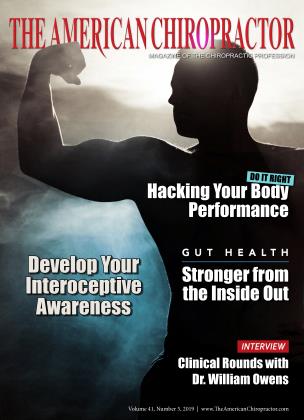Why the Kiosk Model is the Future of the Chiropractic Waiting Room
INNOVATION
Charles Manuel
Your waiting room is probably something that you, as a chiropractor, don’t think about very often. It’s where your patients wait for you, so what? That is how chiropractors have done it for years.
Unfortunately, in this fast-paced world, even retirees are concerned about the amount of time spent in a waiting room. A recent study performed by NCBI shows that up to 80% of patients who wait more than 30 minutes will assess their visit to the chiropractor as a bad experience, which means that often a late appointment will already be lost into the realm of a “bad visit.” That decreases patient outcomes and ultimately your bottom line.
How can we battle this? What tools can practice owners use to shorten wait times and make the waiting room experience more enjoyable?
Enter the Kiosk Waiting Room Model
If you’ve read any articles, guides, or books about how to invigorate your waiting room, they usually say the same few things. Have a waiting room liaison. Have a shopping area for patients to purchase supplements, kinesiology tape, or knee braces. Give out iPads with preloaded content to watch. These are all great ideas, but they can take months to implement fully and often slow down the waiting room in an attempt to speed it up. That is the opposite of what you want.
A kiosk in your waiting room, similar to others in the market that have become so prevalent in chiropractic offices over the years, provides many of these solutions simultaneously. Indeed, an in-person greeting can’t be replaced with a kiosk, but these systems offer an excellent means of entertainment, education, and revenue right in your waiting room. What’s more, if you’re able to control what patients see on your kiosk and make offers to specific patients at specific times, then it becomes a powerhouse revenue driver as well.
Dr. Adam Brockman noticed that patient waiting room stays weren’t doing anything except making his patients feel disconnected from the process and stealing away from patient outcomes. He decided that using a kiosk in his front office that allowed him to share exercise pamphlets, care plans, release forms, etc. with a waiting patient would be a great way to make sure paperwork doesn’t get missed, care for the patient, and provide a great opportunity to recommend supplements and pain-relief solutions. Dr. Brockman and his team have recently rolled out a kiosk with these features at select offices, and the response has been exceptional.
The future of the waiting room will be communication-focused, and technology will be the bridge that helps DCs, CAs, and patients communicate better. If done correctly, this will not take away from the patient’s experience, but enhance it. Patients who are shown their own personal “dashboard” where they can see their treatment plan, at-home exercises, supplement recommendations, and future appointments will be able to communicate with your team quickly and effectively about all of this information. What if they need to change an appointment in three months? They do it at the kiosk. A supplement isn’t agreeing with their digestion? Make a note for the chiropractor directly so he or she can address it during the visit or in an email shortly thereafter. The exercises are too easy or too hard? Communicate with the on-site PT via the chat function to ensure they’re getting the work in they need for a fast recovery. When implemented in a single, simple system, all of those capabilities will enhance the patient experience and turn that 30 minutes into some of the most effective time your patient has in the office.
Charles Manuel is the Marketing Director of Complete Wellness Natural Health. Charles has worked in the marketing space for ten years, but transitioned to chiropractic after a back injury left him facing potential surgery, but instead received chiropractic care and was cured. Learn more: www.naturalhealthandwellness.org
 View Full Issue
View Full Issue






